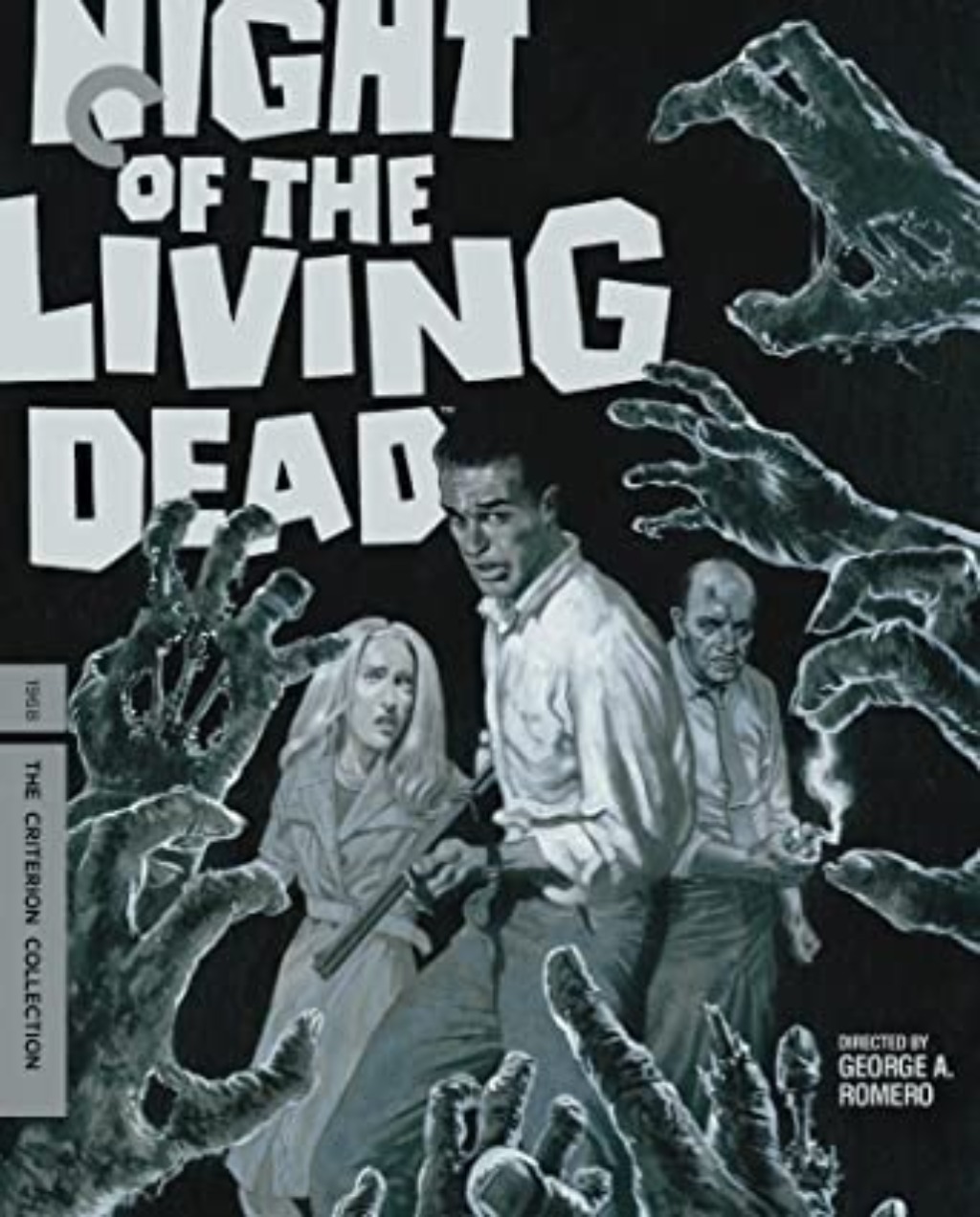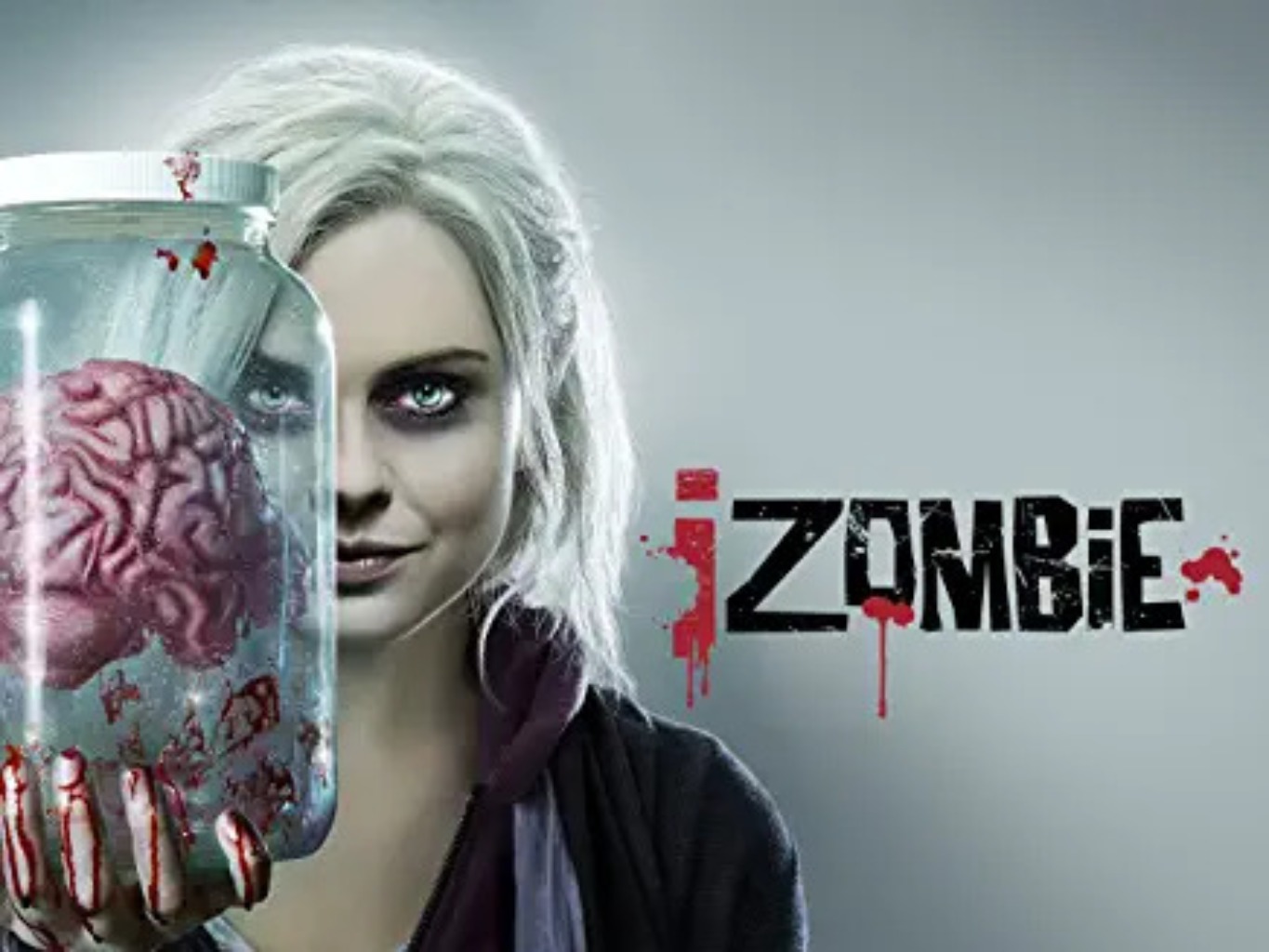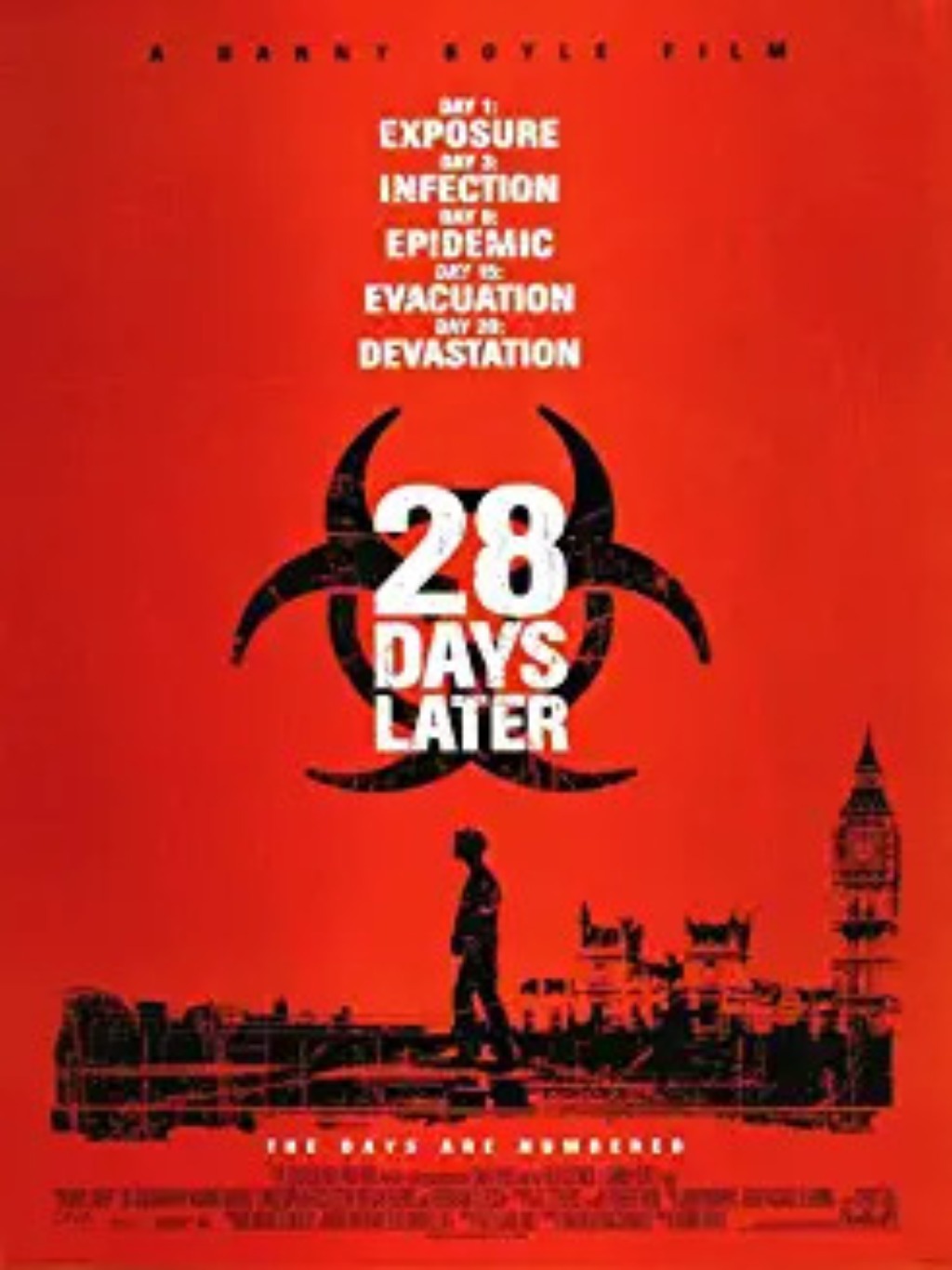
The term “zombie” dates back to 1871 West Africa. First it was the name of a snake god, but it later took on the meaning of “reanimated corpse”. William Seabrook introduced the West to the concept of the walking dead in 1929 with his book, The Magic Island, and the world over has been obsessed with the idea ever since.
Here are some of the ways zombies have evolved over time in popular culture, and how they’ve managed to stay relevant for so long.

The Lumbering Ghoul
This is what most of us think of when a zombie comes to mind—a decaying corpse with a slow, awkward gait and a hankering for human flesh. The 1968 film, Night of the Living Dead, helped to infuse this version of the zombie into popular culture. These cannibalistic, undead creatures who could infect others with one bite and only be killed by a heavy blow/bullet to the head or fire fascinated moviegoers. The film was so popular that it spawned five sequels.
It’s not difficult to see why this new sort of monster resonated with people. These weren’t the first villains who were hard to kill. Vampires had been around for ages, and could move at normal (if not superhuman) speeds. But vampires get to keep their human memories and personalities.
These zombies, conversely, are simply husks that look like their former selves and know nothing but hunger. The thought of becoming a zombie, or seeing someone you love turned into one, is horrifying in a way that few other monsters had accomplished up to this point.

The Speed Racer
In the late 1990s, we got an even scarier version of the zombie—the fast-moving zombie. The video games Resident Evil and The House of the Dead include zombies that zip around at several times the speed of their slow-moving predecessors.
One of the most well-known examples of the fast-running zombies comes from the 2002 film, 28 Days Later. Just 28 days after a “Rage Virus” has taken hold of England, hardly any humans are left. After all, who could stand up to nearly immortal enemies who are also super-fast and strong?
It is against such overwhelming odds that we get to see some of the best humanity has to offer. We go into a movie like 28 Days Later already impressed with the characters’ ingenuity and bravery just because they managed to survive for so long. This sort of resilience brings us to our next section.

The Apocalypse
Earlier zombie-centric works tended to focus on smaller groups of people being terrorized by zombies. And even when the conflict became larger, the zombie problem was ultimately contained.
But later on, zombie stories began to consider what would happen if the zombies won. These stories open on societies that have already been overrun. 28 Days Later is one example, while 2009’s Zombieland is another. As mentioned, it’s hard not to automatically admire characters who have been able to stick it out through such catastrophic circumstances.
The threat of being turned into a zombie is also heightened in this atmosphere. It’s horrible enough when your sister becomes a walking corpse—but it’s infinitely worse when your sister is one of the last remaining people on Earth.

The Sympathetic Zombie
We can only spend so long thinking of zombies as monsters before we begin to wonder what it would be like if they didn’t lose their humanity along with their pulses. The 2010 novel Warm Bodies by Isaac Marion features a romance between a human and a zombie. The TV show iZombie, which ran from 2015 to 2019, revolves around a young zombie who has completely retained her personality and motor skills since getting bitten, and is even able to keep her undead status a secret from her friends and family.
As interesting as zombies were before as nearly unconquerable monsters, they perhaps become even more intriguing when you try to view them with empathy. To imagine how painful being a zombie would be if some small scrap of your humanity still remained.

The Virus
Another way zombies have evolved over time is how new zombies get made. In Haitian lore, dead bodies were reanimated from the dead with magical methods like voodoo. Night of the Living Dead’s scientists think that the zombies have been reanimated by radiation from an exploded space probe.
The most popular way to explain zombification in recent history, though, has been to treat it like a viral infection. There’s the Rage Virus from 28 Days Later, as well as the strain of mad cow disease that mutated into “mad person disease” in Zombieland. It’s terrifying to think of becoming a zombie like a flu you could catch. People know now more than ever how relevant pandemics are to our real lives.

If this article has left you with a hunger for a good post-apocalyptic zombie story, you’re in luck! Out of New York City by Kate Seger has plenty of the spine-chilling elements we’ve discussed here, plus a compelling love story. The fact that the protagonist is an addict is a unique twist. Stories like this one show that writers will keep finding new ways to make zombies interesting, ensuring that they’ll continue to dominate popular culture for years to come.